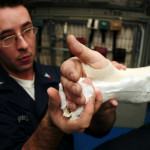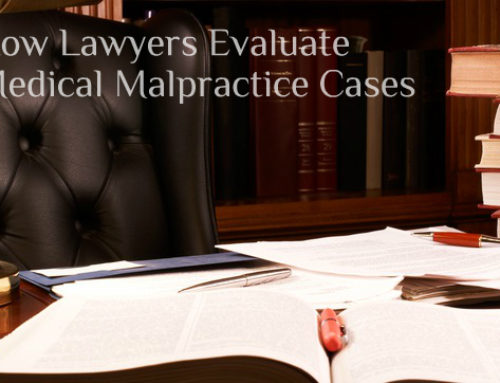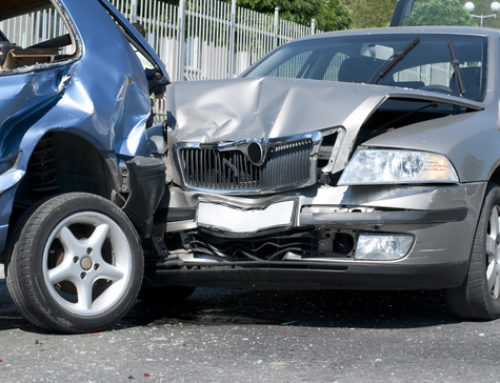If you have used a product and it resulted in injury, you might be able to pursue a defective product liability claim. But before you proceed, it is important to know all of the elements needed in order to create a solid case.
Proving a defective product liability claim typically requires four main elements, although each state has different requirements. Generally speaking, these four elements are crucial when building a defective product liability claim:
- You suffered injuries or losses
- The product is not functioning as advertised, or is defective
- Your injury was caused by the defect
- You used the product as the manufacturer intended
Element #1 – Injuries or Losses
The most important part of your claim is the injury that you sustained, or the losses you suffered. What is important here is that actual injuries happened, and not almost happened.
For example, say you bought a car a few months ago and you recently heard that there is a recall for this car because it has a tendency to flip while making a turn. Upon hearing this announcement, you remember last week that when you turned into a parking lot, car seemed to jerk. While you initially brushed it off thinking that it was a bump in the road, you realize now that your car could have a manufacturing defect. You see that there is a class action lawsuit involving this car model for those who have been injured because of the defect. While you almost had a potentially dangerous experience with your car, you did not suffer any injuries, thus you would not be able to join the class action lawsuit.
So while it is public knowledge that this car has a potentially fatal defect, you have not actually suffered any injuries that could entitle you to compensation through a lawsuit. No injury, no case.
Element #2 – The Product is Defective
There are three different product liability claims that could prove your injury.
- Manufacturing error – if a product was flawed during its construction, such as a cracked chain on a swing set, proving product defect is fairly easy should your child become injured while using it.
- Design defect – not to be confused with a manufacturing error, a design defect happens when a product is manufactured correctly, but the product is dangerous because the design failed to protect the end user from harm. The car that flips while making a turn is a good example. The original design was adhered to during the manufacturing of the car, but the design was inherently dangerous and was only discovered once used by the consumer.
- Failure to warn – this liability claim stems from the manufacturer’s failure to provide adequate warnings regarding the use of a product. An example might be a cough syrup label that fails to warn the consumer that he or she may become too drowsy to safely operate a vehicle upon ingesting the medicine.
Element #3 – Injury Resulted from the Defect
In order to make your claim valid, you must demonstrate that the defect caused your injury. To use the broken chain on the swing set example, you must show that your child was harmed specifically while using the swing set. For instance, if your child suffered a broken arm after swinging on the swing set and fell, you would want to take pictures of the swing set and the defective chain. Once your child receives proper medical care, be sure to take pictures of the swing set, as well as the ground on which your child fell. If your child has scrapes on his or her arm consistent with falling on cement and your swing set is on cement, your claim is that much stronger.
Element #4 – Intended Use of the Product
In the most general terms, you must be using the product as it was intended in order for your claim to be valid. For example, you most likely will not have a claim if your child uses the swing to launch him/herself into a swimming pool and becomes injured in the process if the swing breaks. The swing set manufacturer did not intend for the product to be used in this manner, making your claim almost impossible to win.
Seek an Attorney
The requirements for pursuing a defective product liability claim can be complex and confusing; therefore, consulting a knowledgeable lawyer may be beneficial. A personal injury attorney experience product liability will be able to help construct your case and will be able to stand up for you in court. Contact us today- we’re here to help.













